During the Republic of China, the three most classic men's clothing, in addition to suits, Zhongshan suit, there is a Chinese traditional Changshan.
At that time, gentlemen usually wear a ankle-length Changshan, only the leakage of Western-style leather shoes, so as to look enlightened and progressive, but also not lose the traditional elegance.
Characteristics of the Traditional Changshan
Changshan (长衫, long shirt, or tunic), also known as Changgua (长褂, long coat), it is a style of clothing that was improved by the Han Chinese during the Qing dynasty based on the traditional robe and following the Qing dynasty clothing system.
Changshan can be worn with a Magua (马褂, the prototype of Tang suit), "Magua Changshan (Changpao)", became the most common male wear in the late Qing Dynasty and the early Republic of China.
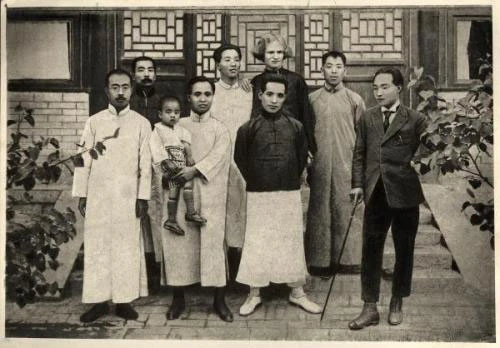
After entering the Republic of China, the number of ordinary people wearing Magua in their daily general life gradually decreased. If someone wears a Magua outside the Changshan, it is already a very grand dress, and a blue Changshan with a black Magua is the formal dress in the Republic of China.
Different from the Manchu Qi dress, traditional Changshan is characterized by: no horseshoe sleeves, stand-up collar, collar and sleeves without rolling inlay, the body fitted with a wide body straight profile, large lapel, and right overlap, single or double side slits, narrow sleeves. The clothes are long to the heel, the hem is narrow.
At the end of the Qing Dynasty and the beginning of the Republic of China, the main structure of the clothes was straight, whole-piece, flat, without curves, and on this basis, a flat cut with the shoulder as the main pivot point was made.
It was a flat cut with the shoulders as the main pivot point. It alluded to the Chinese concept of "unity of heaven and man" for thousands of years and was worn flat and loose.
The Changshan introduced in this article is different from the Changshan in the Hanfu style:
Who wears Changshan?
Traditional Changshan was popular for a while from 1900 to 1940. Especially among the new intellectual group, wearing Changshan and glasses became a common dress code for this group.
As a result, the word "Changshan" has lost its original meaning and has become synonymous with the "cheongsam" for men.
Changshan also represented status, so there was the Duanshan (short shirt, 短衫), which represented the poor working people, and the Changshan, which represented the rich upper class or educated people.
Therefore, in the image of the Republic of China, wearing a long shirt, generally have to be respected as "Xian Sheng (先生)".
Many famous scholars in the Republic of China usually wore Changshan, for example, Huang Kan (黄侃), Li Dazhao (李大钊), Zhou Zuoren (周作人).
In addition, many female students also wore female Changshan as their student uniforms and regular clothes at that time.
Mr. Lu Xun (鲁迅) wrote in "Kong Yiji (孔乙己)" that "only those who wore long shirts paced into the room next to the store, asked for wine and food, and sat down slowly to drink." The raggedly dressed Kong Yiji is the only one who stands and drinks in a long shirt, emphasizing the relationship between the long shirt and economic status.
Modern Changshan
The traditional Changshan has become a unique scenery of the Republic of China, which carries the cultural charm of the literati's history and condenses the literati's life fate ideal temperament on this piece of cloth. The Changshan, the iconic symbol, conveys the tangible and intangible cultural accumulation through the apparatus.
Nowadays, the long shirt is rarely seen in people's lives, but it is still the main costume for actors in crosstalk performances.
The earliest crosstalk artists lived a hard life and did not have a lot of costumes and accessories. The mainstream costume of the Qing Dynasty was a Changshan and Dagua, so the artists would use the simplest costume to perform on stage, making a new set of long shirts, which is their own performance clothes. And handed down to this day.
In addition to continuing the tradition, the modern Changshan has achieved new breakthroughs in terms of cut, accessories, fabrics, and styles, injecting new vitality into the Changshan and adding a contemporary flavor.
More about traditional Chinese costume:
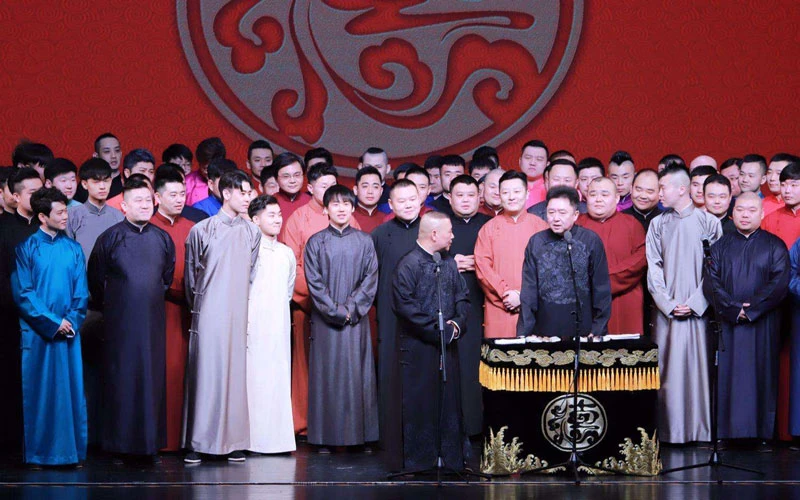
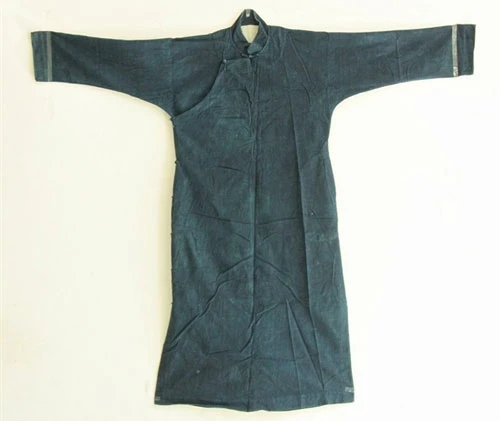
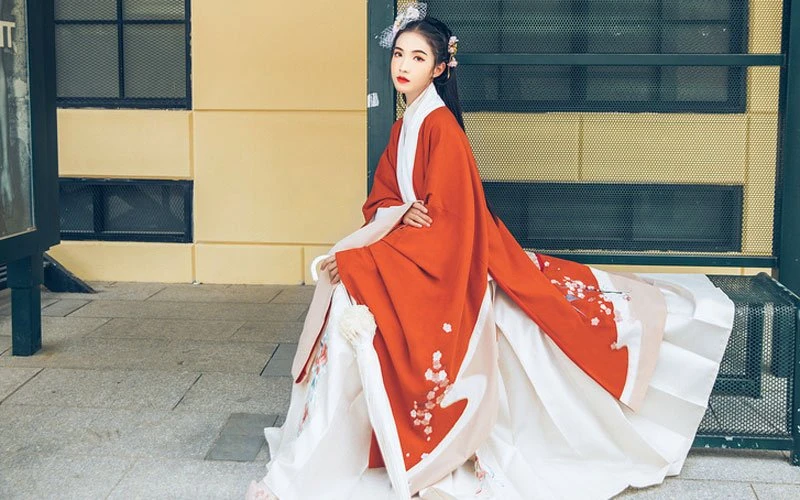
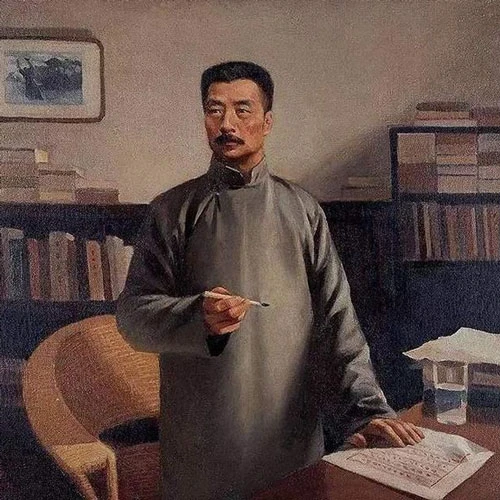
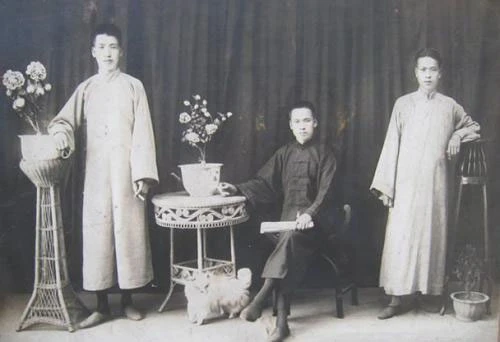
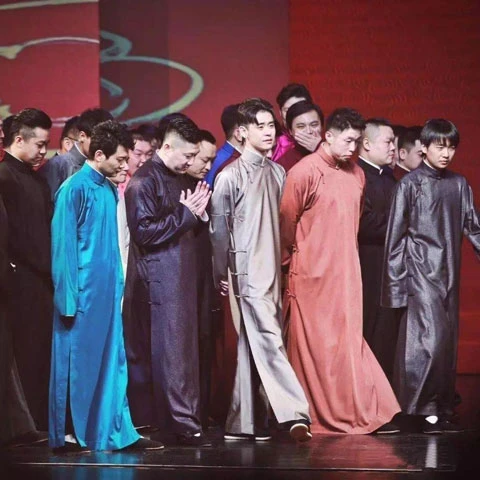
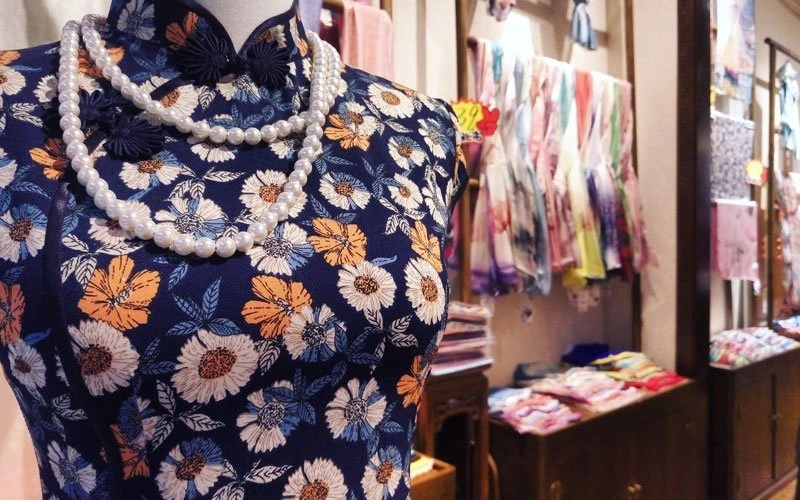
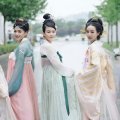

I love the holidays. Perfect excuse to dress up in tradition. 😁